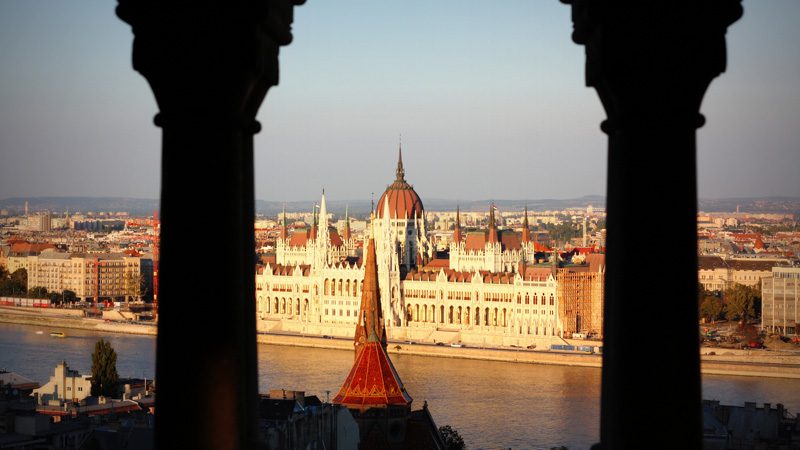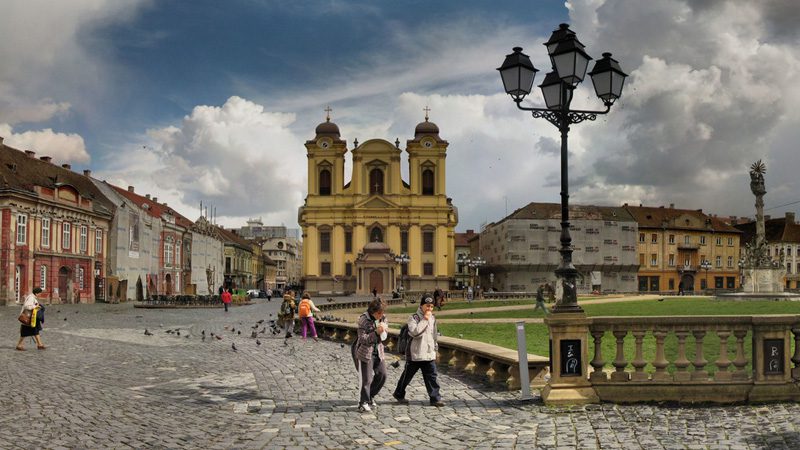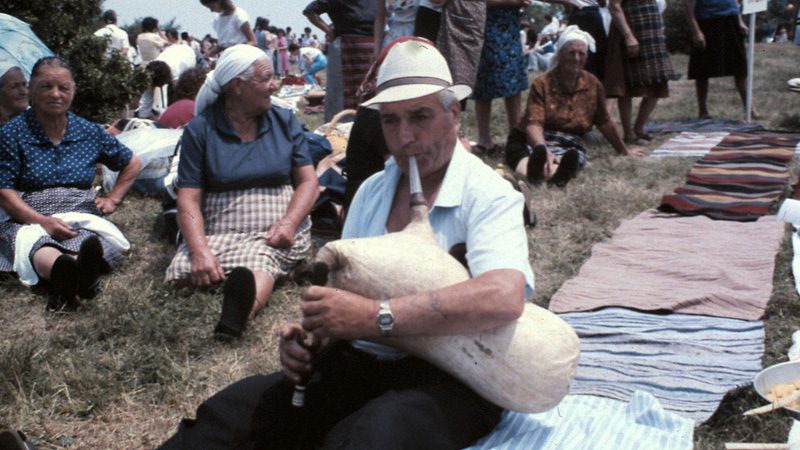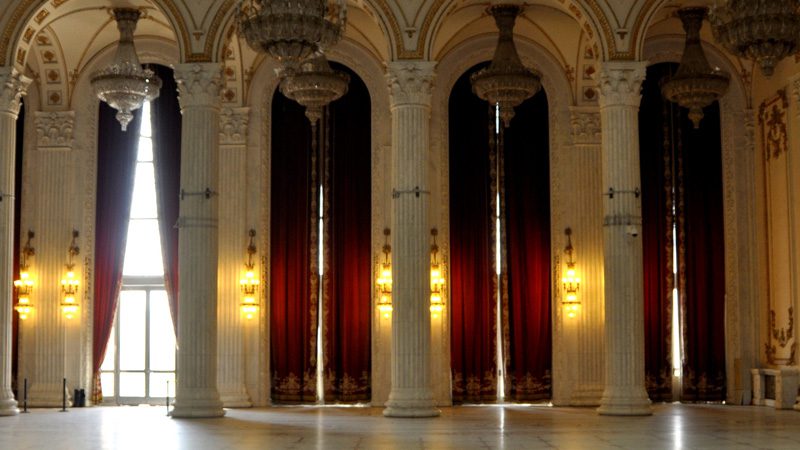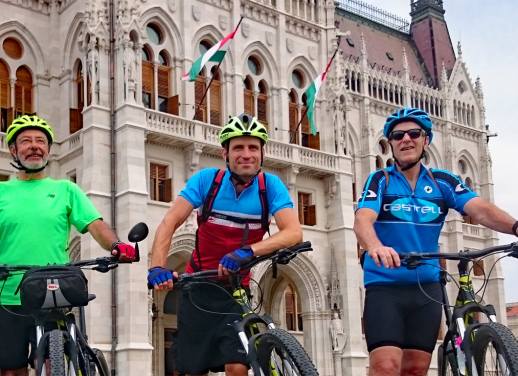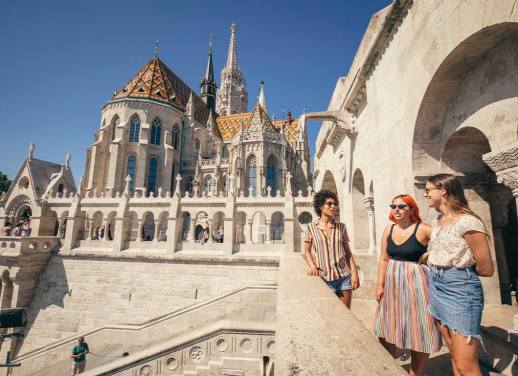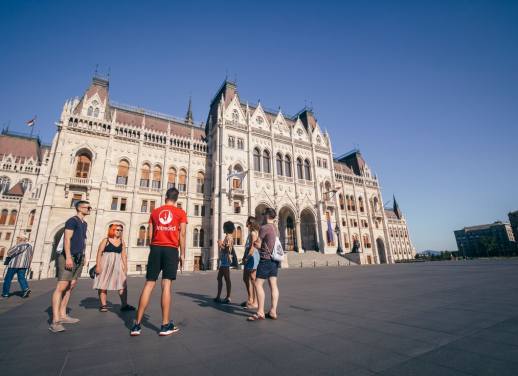Most countries of Europe are quite well known, but the further East you travel, the less familiar things become.
Western sensibilities start to mesh with old Eastern traditions, gothic architecture sits alongside drab Soviet concrete and delicate Michelin starred cuisines give way to hearty things that always seem to include some mix of cabbage, potato and goat, even if they’re not supposed to.
Travelling in Eastern Europe can be a unique experience, but it’s a surprising one too. For those that think culture, invention and beauty end as soon as you enter a country ending in –aria, think again. Here are seven things you didn’t know about Eastern Europe, as told by our friend, expert photographer Steve Davey.
7 must-know things about Eastern Europe
1. Shaking heads doesn’t mean what you think it means
If you are travelling in Bulgaria and feel that you’re getting mixed messages, this is probably because Bulgarians express approval and consent by shaking their heads rather than nodding. It’s actually a phenomenon shared by certain parts of Greece, Lebanon, Macedonia and Albania. What’s strange is that evolutionary anthropologists have done studies, and nodding is almost a universal symbol of agreement in cultures all over the world, ones that developed in total isolation from each other. Just in this little pocket of Eastern Europe did people evolve against the flow. We’d give them the nod of approval, but that would probably just confuse matters.
2. Eastern Europe beat the West to street lights
Here’s one for you pub trivia champions. First city in Europe to have street lights. Paris? Nup. Berlin? Nope. It was Timisoara (you’re allowed to say ‘Where?’ at this point). Yep, tiny Timisoara in Romania was the first city in continental Europe to have electric street lighting in 1882. Seven hundred and thirty one bulbs were put up all over the town, although back then it was called Temesvár and it was in the Kingdom of Hungary. They even had an electric tram system up and running by 1899. Leave it to the Romanians, eh.
3. It’s the home of Spartacus
Modern day Bulgaria was home to the Thracian tribe, and their hero Spartacus was born there. For those who don’t know, Spartacus was an ancestor of Kirk Douglas a slave and gladiator who escaped captivity and went on to lead armies in the Third Servile War against the Roman Empire. He also inspired a pretty big film of the same name that starred Kirk Douglas. There are said to be in excess of 15,000 Thracian tombs in Bulgaria: many of them have yet to be excavated.
4. Bagpipes are a thing there
If you hear bagpipes in Bulgaria, it is not some sort of Scottish (or Irish) invasion force: known as gaida, the bagpipe is the country’s national instrument!
5. Eastern Europeans invented the CD-ROM (and other things that we actually still use)
The Eastern Europeans are an inventive bunch, with many familiar things being invented by those born in the region. A Bulgarian, John Atanasoff co-invented the first electronic computer; and Peter Petroff invented the first digital watch. A Bulgarian even invented the car airbag. If you like coffee then you might not have known that Francesco Illy, founder of Illycaffè, and the inventor of the automatic steam espresso coffee machine hailed from Timisoara in Romania. Fellow Romanian inventors include Henri Coanda (the jet engine), Petrache Poenaru (the fountain pen), Nicolae Constantin Paulescu (insulin), Eugen Pavel (the CD-ROM) and Aurel Persu (the first designer to incorporate car wheels into the aerodynamic line).
6. It’s home to the second largest building in the world
After the Pentagon in Washington DC, the Romanian Palace of Parliament in Bucharest is the second largest building in the world; but don’t feel too sorry for it, as it holds the accolade of being the largest civilian building. It is also strangely said to be the heaviest building in the world (although how people measure that we don’t know). The building was conceived by the dictator Nicolae Ceaușescu, who is said to have modelled it on Buckingham Palace in London. It was named the Casa Poporului, or House of the People; somewhat ironic as vast swathes of the city were levelled to facilitate is construction.
7. Clinking glasses is a no-no
If you are drinking with locals in Hungary, then make sure not to clink glasses. This particular quirk dates back to 1848 and the Austrian defeat of the Hungarian Revolution. The Austrians celebrated with much clinking of beer glasses (and probably lots of snide little remarks) and the Hungarians have been smarting ever since. To avoid diplomatic incidents, best simply raise your glass, look your new Hungarian friend in the eye and simply declare “Egészségedre” (or as close to that as you can manage.
Read more about eastern Europe and find out about the 8 undiscovered places.
Feature image c/o Andreas Lehner, Flickr

